Jewellery has been an essential part of human society for centuries, transcending time, geography, and cultural boundaries. From the simplest bead to the most intricate diamond-encrusted piece, jewellery often holds deep cultural, symbolic, and personal meaning. Understanding the role jewellery plays in different cultures can provide insight into its importance, traditions, and significance.
1. Jewellery in Weddings and Marriages
In many cultures, jewellery is integral to wedding rituals and symbolizes commitment, love, and the joining of families. The most notable example is the wedding ring, which traces its roots to ancient Egypt. The circular shape symbolises eternity, and the ring is worn to signify a couple's unbreakable bond.
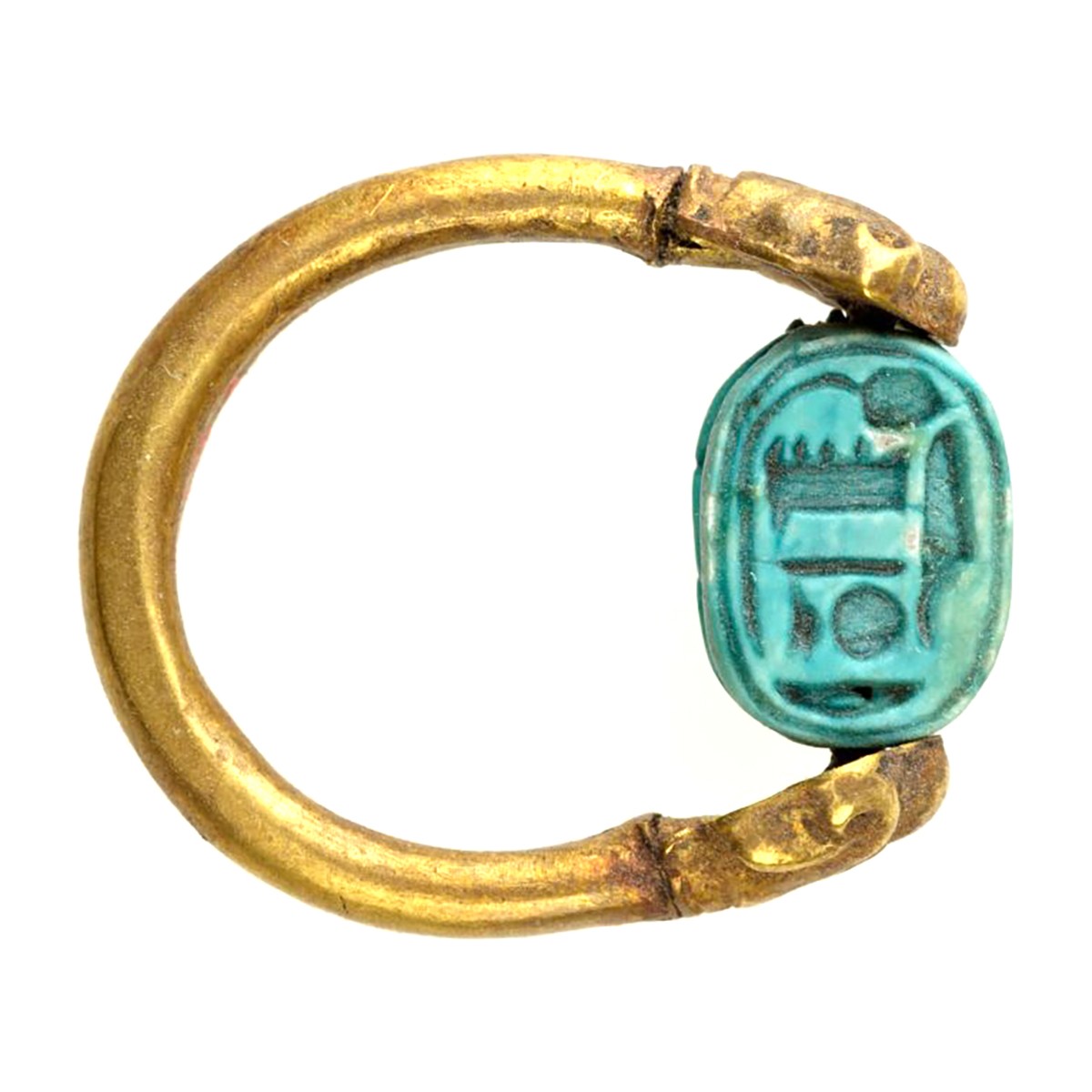
In India, for example, a bride typically wears a variety of jewellery pieces—each one with its own significance. Gold is particularly cherished as it represents wealth and prosperity. The "mangalsutra," a sacred necklace, is given by the groom to the bride during the wedding ceremony, symbolising her new status as his wife.
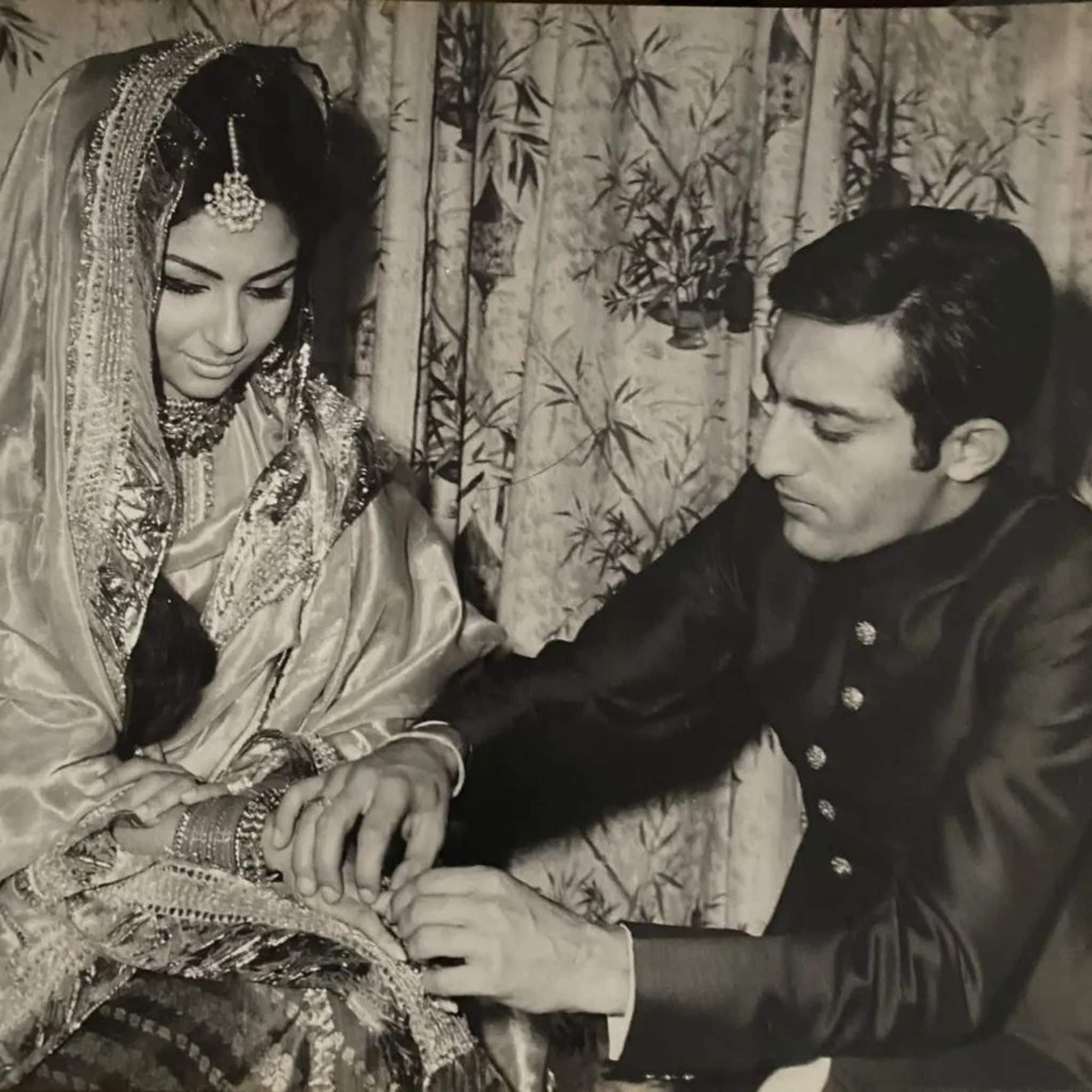
Similarly, in Western cultures, diamond engagement rings have become a symbol of love, commitment, and the intention to marry. The tradition of giving a ring is tied to the belief in diamonds’ enduring strength, symbolising the lifelong bond between partners.

2. Jewellery as Status and Wealth
Jewellery has often been a symbol of social status and wealth, with the materials, craftsmanship, and rarity of pieces reflecting the wearer’s position in society. In ancient Egypt, kings and queens adorned themselves with elaborate gold and precious stone jewellery to demonstrate their divine right to rule. The famous burial treasures of Pharaoh Tutankhamun are a prime example of how jewellery signified status, both in life and death.

In African cultures, jewellery also holds significant cultural meaning. For instance, in some tribes, the amount and type of jewellery a person wears can indicate their social status, age, or achievements. The Maasai people of East Africa, for example, are known for their beaded jewellery, which is worn to denote one’s age group or marital status.

In modern times, jewellery continues to serve as a status symbol, with luxury pieces from brands like Cartier, Tiffany & Co., and Bulgari representing wealth and prestige.
3. Symbolism of Gemstones and Metals
Beyond the aesthetic appeal, gemstones and metals often carry rich symbolism in various cultures. In ancient Roman times, gemstones were believed to have mystical properties. For example, the amethyst was thought to prevent intoxication, while emeralds symbolised fertility and rebirth.
In Hinduism, gemstones are seen as more than just decorative; they are believed to bring balance and healing. The birthstone tradition, popular in Western cultures, also draws from the ancient belief that specific stones possess unique properties that benefit the wearer based on their birth month.
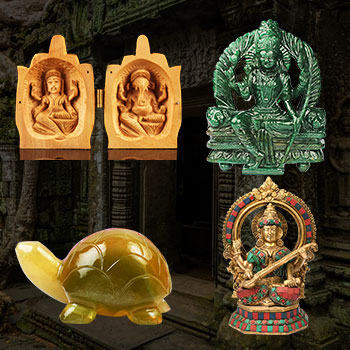
Gold, for example, is universally regarded as a symbol of wealth and prosperity. However, in some cultures, such as in the Middle East, gold is not just a precious metal; it also holds spiritual meaning. The Islamic world has long believed gold to be a divine gift, and it plays a role in religious and cultural rituals.
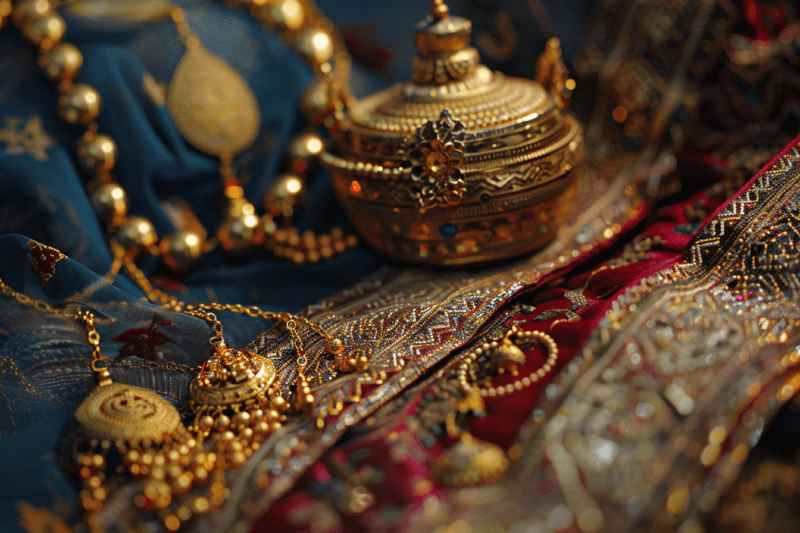
4. Cultural Traditions and Festivals
Jewellery often takes centre stage during important cultural celebrations and festivals. For instance, during Diwali, the Hindu festival of lights, it is traditional for families to buy gold jewellery as a form of auspicious investment for the future. Gold is seen as a symbol of good fortune, and wearing it during the festival is believed to invite prosperity.

In the Philippines, jewellery plays a prominent role in weddings and important celebrations, where families may pass down pieces as heirlooms, symbolising continuity and family heritage. Similarly, in China, jade is highly prized and often worn to bring good luck and protection, especially during the Lunar New Year.
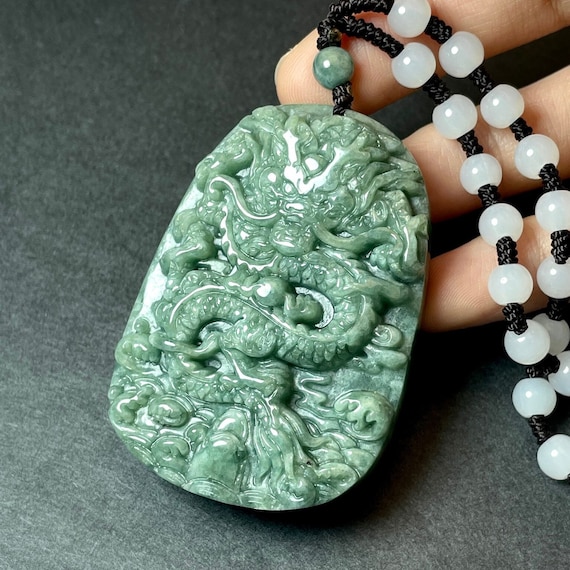
5. Religious Significance
In many religions, jewellery is more than just ornamental. In Christianity, for example, crosses and crucifixes are worn as symbols of faith and devotion. In Buddhism, jewellery like prayer beads (malas) is used during meditation to aid focus and spiritual connection.

In Islamic culture, jewellery is often associated with modesty and generosity. Islamic law encourages charity, and gold jewellery is sometimes given as a form of almsgiving to those in need.
6. Jewellery as a Connection to Ancestors
In several cultures, jewellery is a way to connect with ancestors and preserve family traditions. Native American tribes often create beautiful and meaningful pieces using turquoise, silver, and other natural materials, passed down through generations. These pieces represent a connection to the earth, the past, and the spirits of their ancestors.
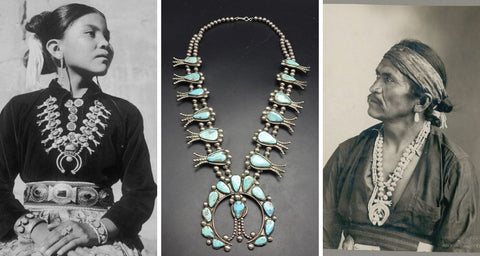
In the Western world, family heirlooms, such as vintage rings or necklaces, are often treasured not just for their value but for the sentimental connection to the generations before.

Why Understanding Jewellery’s Cultural Role Matters
Jewellery is far more than just a luxury item or fashion accessory; it is a rich cultural artifact that holds deep meanings across different societies. Understanding these cultural significances allows individuals to appreciate the true value behind each piece of jewellery—whether it’s a wedding ring, a family heirloom, or a piece of luxury adornment.
At LeGassick, we recognise the importance of these traditions and are proud to offer pieces that can represent more than just beauty but also the deep meaning and history that comes with jewellery. Let us help you choose a piece that is not only a reflection of your personal style but also a testament to the cultural richness that jewellery represents across the globe.



